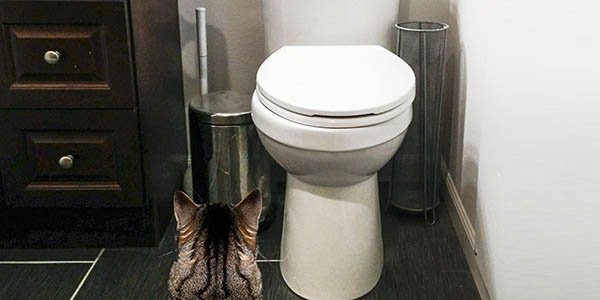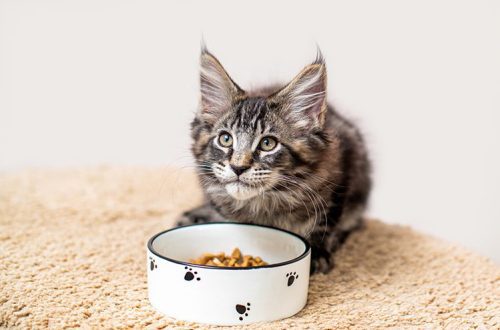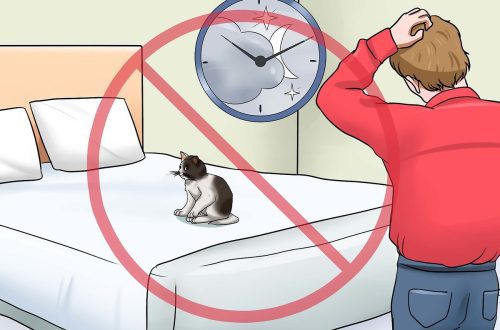
Why does the kitten not go to the toilet?
Kitten under 3-4 weeks old
Up to 3 weeks of age, kittens are not able to urinate and defecate on their own – the mother cat stimulates these functions by licking the kittens’ genital area. This problem often arises with selected kittens left for some reason without a mother. In this case, the problem is solved quite simply: after each feeding, it is necessary to massage the area of u20bu30bthe anus and genitals of the kitten with a cotton pad moistened with warm water for XNUMX-XNUMX seconds so that the kitten can go to the toilet. This, of course, is not the most pleasant procedure, but it is vital for very young kittens.
Diet change
A sudden change from one diet to another can lead to digestive upset in a kitten – this can be expressed either by diarrhea or constipation. Therefore, in the first week after the acquisition, it is advisable to feed the pet in the same way as the breeder did. Good breeders usually pay a lot of attention to this issue and often give new owners a supply of food for several days. Often, owners try to feed a kitten homemade food, but it ends up eating only boiled or even raw meat and boiled eggs, and such a diet not only does not meet the nutritional needs of the growing kitten’s body, but also leads to constipation.
Disease
In some cases, even very small kittens can experience a severe infection with helminths – the intestines of the animal are literally clogged with worms. Usually these kittens have a large swollen belly. Older kittens may swallow foreign objects (such as thread or New Year’s rain) while playing, which can also cause a lack of bowel movements due to intestinal obstruction. Usually this condition is accompanied by a general deterioration in well-being, refusal to feed, vomiting.
Lack of litter box training
Usually kittens move home at 2-3 months of age, and although a kitten in a breeder’s home has confidently used a litter box, the stress of a change of scenery, or even choosing a completely inappropriate place for a toilet, can provoke a reluctance to use a new litter box, as skills its use is finally formed only by 6 months.
Therefore, for the first time, it is worth limiting the kitten’s movement to one room in the house and regularly, after each meal, plant the pet in the tray. Naturally, the tray must be suitable in size so that the kitten can climb into it on its own; it is also better to use a filler already familiar to him. If the kitten only uses the litter box for urination, then you need to carefully observe him: perhaps for the rest he uses the space under the bed or under the bath. The tray should be in a fairly secluded place, but such that the kitten can find it on its own. In addition, the tray must be stable and clean: cats do not like to use a dirty tray. It is not recommended to install it near the place of sleep and feeding, as well as in the “passing” places of the apartment.
If the kitten has not had a stool for more than 2 days, then it is worth taking it to the veterinarian, especially if other symptoms of the disease are observed, such as lethargy, loss of appetite or vomiting.





